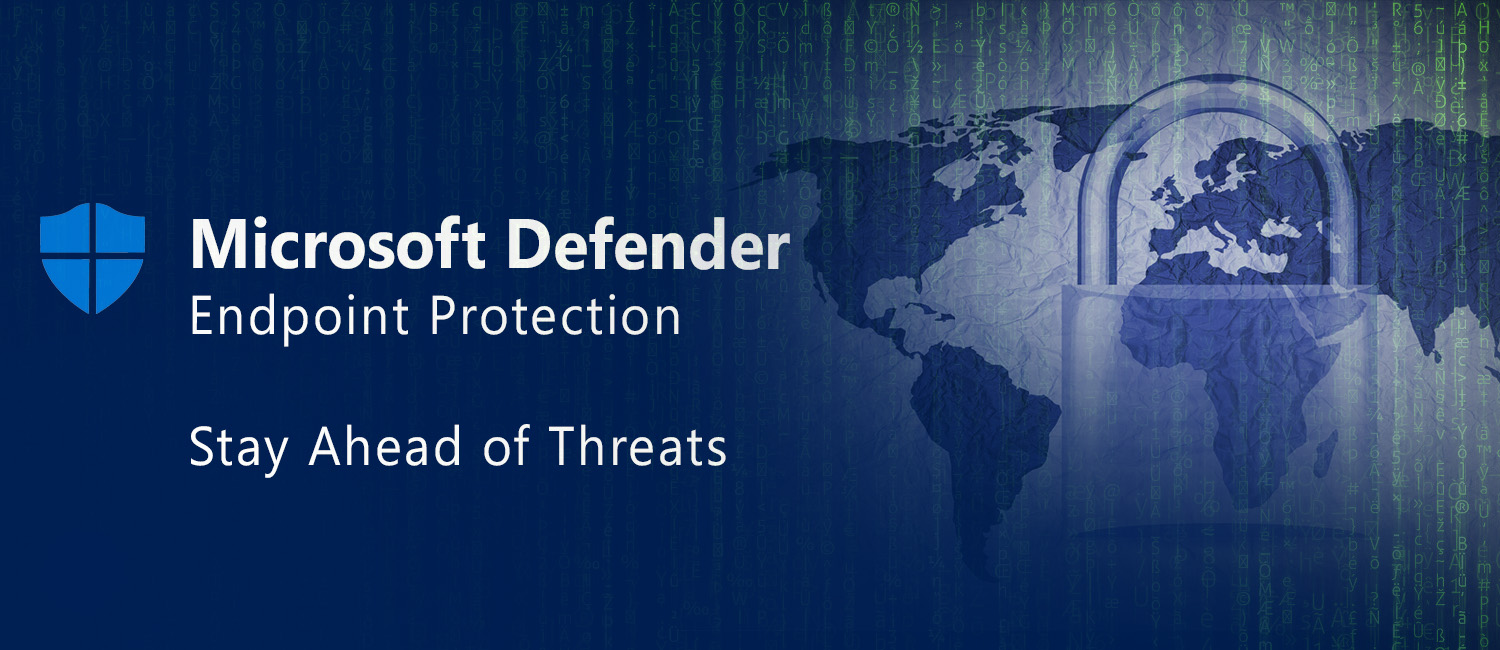
Stay Ahead of Threats with Microsoft Defender: A Deep Dive into Endpoint Protection.
InLigo’s Free Secure Score is a powerful tool that can help safeguard your company from potential cyber threats. By assessing your current security posture and identifying areas of vulnerability, this tool provides valuable insights and recommendations for improving your organization’s overall security.
With InLigo’s Free Secure Score, you can proactively take steps to protect your company’s data and assets, ensuring peace of mind for you and your customers.
Introduction
In today’s digital landscape, protecting your endpoints from evolving cyber threats is paramount. To ensure comprehensive endpoint security and stay one step ahead of attackers, it is crucial to employ robust solutions. Microsoft Defender offers an integrated and advanced approach to endpoint protection, combining cutting-edge technologies and features. In this blog post, we will delve into the technical aspects of Microsoft Defender, exploring its key components, advanced threat detection capabilities, and how it enables organizations to strengthen their cybersecurity posture.
I. Understanding Microsoft Defender’s Endpoint Protection Framework
A. Microsoft Defender Antivirus: Real-Time Malware Protection
Microsoft Defender Antivirus is the core component of Microsoft Defender, providing real-time protection against malware, ransomware, viruses, and other malicious software. It employs a multi-layered defense approach, combining signature-based detection, behavioral analysis, and cloud-based machine learning models. This powerful combination enables early detection and prevention of both known and unknown threats, reducing the risk of compromise.
B. Microsoft Defender for Endpoint: Advanced Threat Detection and Response
Microsoft Defender for Endpoint offers comprehensive endpoint detection and response (EDR) capabilities. By utilizing various sensors, it collects telemetry data from endpoints to detect and respond to advanced threats. The service incorporates machine learning algorithms, behavior analytics, and threat intelligence to identify suspicious activities, malicious behavior, and indicators of compromise (IoCs). It provides security teams with valuable insights, enabling them to investigate incidents, respond promptly, and mitigate potential damage.
C. Microsoft Defender for Identity: Safeguarding Against Identity-Based Attacks
Protecting identities is critical in the fight against cyber threats. Microsoft Defender for Identity focuses on securing identity infrastructure, detecting compromised identities, insider threats, and identity-based attacks. It continuously monitors user activities, permissions, and authentication attempts across networks and cloud services. By leveraging machine learning and anomaly detection techniques, it identifies suspicious behavior, alerts security teams, and helps prevent unauthorized access and potential data breaches.
D. Microsoft Defender for Office 365: Ensuring Email and Collaboration Security
Microsoft Defender for Office 365 offers robust protection for email and collaboration platforms. It employs a variety of mechanisms, including anti-phishing, anti-malware, and anti-spam filters, to safeguard against email-based attacks. The service also features advanced threat protection capabilities, such as Safe Links and Safe Attachments, which inspect URLs and attachments for potential threats. By integrating with other Microsoft 365 services, it provides a holistic defense against various attack vectors, ensuring a secure collaboration environment.
II. Advanced Threat Protection and Response Capabilities
A. Cloud-Powered Intelligence: Harnessing the Microsoft Intelligent Security Graph
Microsoft Defender leverages the power of the Microsoft Intelligent Security Graph, a vast and continuously updated data platform. By analyzing billions of signals from diverse sources, including endpoints, emails, and user activities, it provides security teams with actionable insights and threat intelligence. This enables proactive threat hunting, faster incident response, and enhanced decision-making in security operations.
B. Behavioral Analysis and Machine Learning: Uncovering Unknown Threats
Microsoft Defender utilizes behavioral analysis and machine learning algorithms to detect and respond to emerging and unknown threats. By establishing a baseline of normal behavior for endpoints, it can identify anomalous activities and potential indicators of compromise. The service adapts and evolves based on the evolving threat landscape, ensuring effective defense against sophisticated attacks that traditional signature-based solutions may miss.
C. Threat Intelligence Integration: Keeping Up with Evolving Threats
Microsoft Defender integrates with a vast network of threat intelligence feeds and partners to stay informed about the latest threats and attack techniques. This integration allows the system to detect and respond to new and emerging threats promptly. Continuous updates and threat intelligence sharing ensure that Microsoft Defender stays at the forefront of endpoint protection, helping organizations proactively mitigate risks.
D. Automated Investigation and Response: Streamlining Security Operations
Microsoft Defender incorporates automated investigation and response capabilities, enabling security teams to streamline their incident response workflows. When a potential threat is detected, the system can automatically initiate investigations, gather relevant data, and provide actionable insights. This automation reduces manual effort, accelerates incident response, and allows security personnel to focus on critical tasks, such as threat containment and remediation.
III. Achieving a Unified Security Ecosystem with Microsoft Defender
A. Integration with Microsoft 365: A Cohesive Security Solution
Microsoft Defender seamlessly integrates with other Microsoft 365 services, creating a cohesive security ecosystem. By leveraging the interconnectedness of Microsoft products, organizations can benefit from enhanced visibility and unified threat management across endpoints, identities, emails, and collaboration platforms. This integration enables a more efficient and holistic approach to security, simplifying management and reducing the attack surface.
B. Centralized Security Management: Simplifying Operations
Microsoft Defender provides a centralized security management console, allowing administrators to monitor and manage endpoint protection, threat detection, and response activities. From a single interface, security teams can view alerts, investigate incidents, and apply security policies. This centralized approach simplifies security operations, enhances visibility, and facilitates proactive threat hunting and mitigation.
C. Collaboration and Intelligence Sharing: Strengthening Defense
Microsoft Defender fosters collaboration and intelligence sharing through its integration with other security solutions and industry partners. By leveraging the collective knowledge and insights of the cybersecurity community, organizations can proactively defend against emerging threats. Microsoft’s partnerships and participation in industry initiatives ensure that Microsoft Defender remains at the forefront of threat intelligence and enables organizations to benefit from a robust defense ecosystem.
Conclusion
Microsoft Defender offers a comprehensive and advanced endpoint protection framework, empowering organizations to stay ahead of evolving cyber threats. Through its components such as Microsoft Defender Antivirus, Microsoft Defender for Endpoint, Microsoft Defender for Identity, and Microsoft Defender for Office 365, it provides robust protection, advanced threat detection capabilities, and streamlined incident response workflows. By harnessing cloud-powered intelligence, behavioral analysis, machine learning, and threat intelligence integration, Microsoft Defender strengthens the security posture of organizations, enabling them to proactively mitigate risks and protect their endpoints effectively. Embracing Microsoft Defender as part of a unified security ecosystem empowers organizations to safeguard their digital assets and maintain a resilient defense against the evolving threat landscape.

